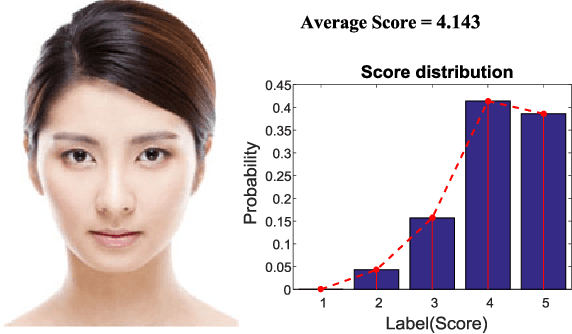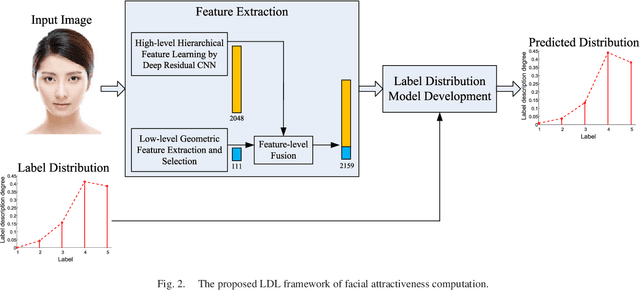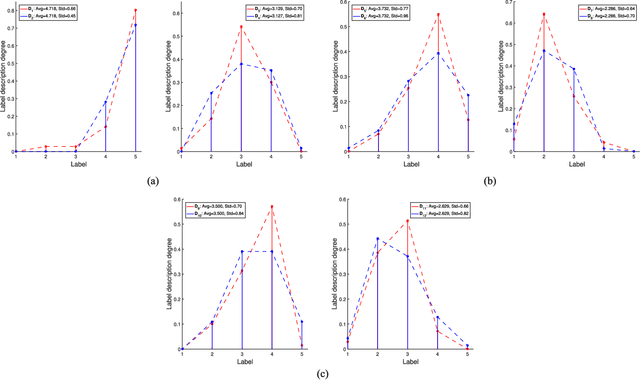Ashok Samal
Label distribution based facial attractiveness computation by deep residual learning
Sep 07, 2016



Abstract:Two challenges lie in the facial attractiveness computation research: the lack of true attractiveness labels (scores), and the lack of an accurate face representation. In order to address the first challenge, this paper recasts facial attractiveness computation as a label distribution learning (LDL) problem rather than a traditional single-label supervised learning task. In this way, the negative influence of the label incomplete problem can be reduced. Inspired by the recent promising work in face recognition using deep neural networks to learn effective features, the second challenge is expected to be solved from a deep learning point of view. A very deep residual network is utilized to enable automatic learning of hierarchical aesthetics representation. Integrating these two ideas, an end-to-end deep learning framework is established. Our approach achieves the best results on a standard benchmark SCUT-FBP dataset compared with other state-of-the-art work.
 Add to Chrome
Add to Chrome Add to Firefox
Add to Firefox Add to Edge
Add to Edge